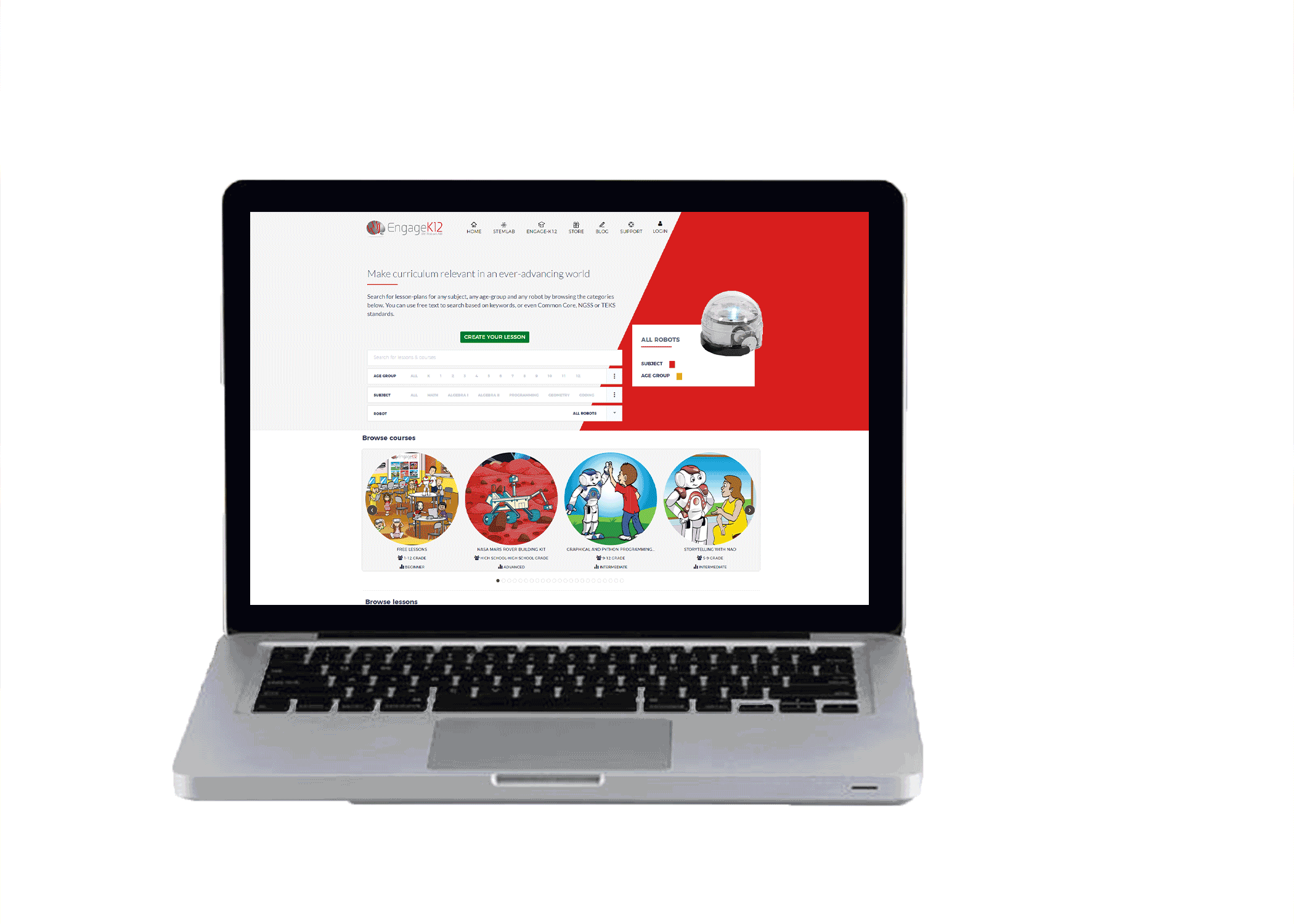 Photo by Maxim Hopman on Unsplash
Photo by Maxim Hopman on Unsplash
Gamification in education has been the talk of the town for quite some time now, especially for the benefits a class can derive from a learning system based on rewards and improvements.
The use of game-design elements in non-game contexts, like education, has some untapped potential that can represent the next idea to make your online learning schedule even more engaging and entertaining.
Why choose gamification for your online classes?
We recently discussed nano learning, another powerful tool in the hands of teachers to revolutionise traditional lessons, but with gamification, we pass the ball to students as the major active players in these activities. Literally.
By embracing a game-like dynamic, which is pretty easy on the learners’ side of things, you will be able to overcome concentration and engagement issues and fill the gap left by the absence of face-to-face interaction with an immersive experience.
Moreover, usually, gaming contexts are relaxed environments where students are more confident, comfortable, and driven, therefore more open to do wrong and learn from mistakes. They break the routine of classic assignments and unlock the opportunity of “outside the box” thinking.
Rewards and improvement-based teaching: the strong point of gamification in education
We bet you must have played a video game at least once in your life: what gets you through a game is the wish to complete the challenges coming your way! Furthermore, collecting “experience points” often allows players to personalise their character in the games and choose the abilities they want to foster.
Offering virtual badges or other rewards motivate your pupils to give their best, and while doing so, they also allow them to shape new skills. Badges do not have to be strictly “academic”: they could represent praise for creative problem solving or teamwork, or simply award organisational abilities, just to name a few examples.
Coming up with a wide range of different badges would allow your students to exceed in their personal way: every student will be able to be recognised for their own attitude and behavior. At the same time, keep in mind that associating specific tasks with singular badges is crucial to give them value and make sure they look meaningful.
Leveling up by scoring virtual “points” is another effective strategy to make progress visible for your class. Every time an assignment is completed, you can update an overall progress bar, increase your students’ scores, and – depending on the results – unlock new objectives and targets. This will not only make the game more effective, but it will also increase motivation.
More tips to implement gamification in education
Gamification elements will help you channel competitiveness into positive outcomes, enhancing a sense of sportsmanship and performance. Leaderboards, for instance, allow you to keep the fire of competition alive among your students. When used in an educational game, they are proved to bring along positive results and more time spent on tasks. By the way, don’t think you simply have to sit and watch: get involved! You can get occasionally yourself in the game and challenge your class in a teacher versus students competition!
Discover more Gamification in Education with RobotLAB!



